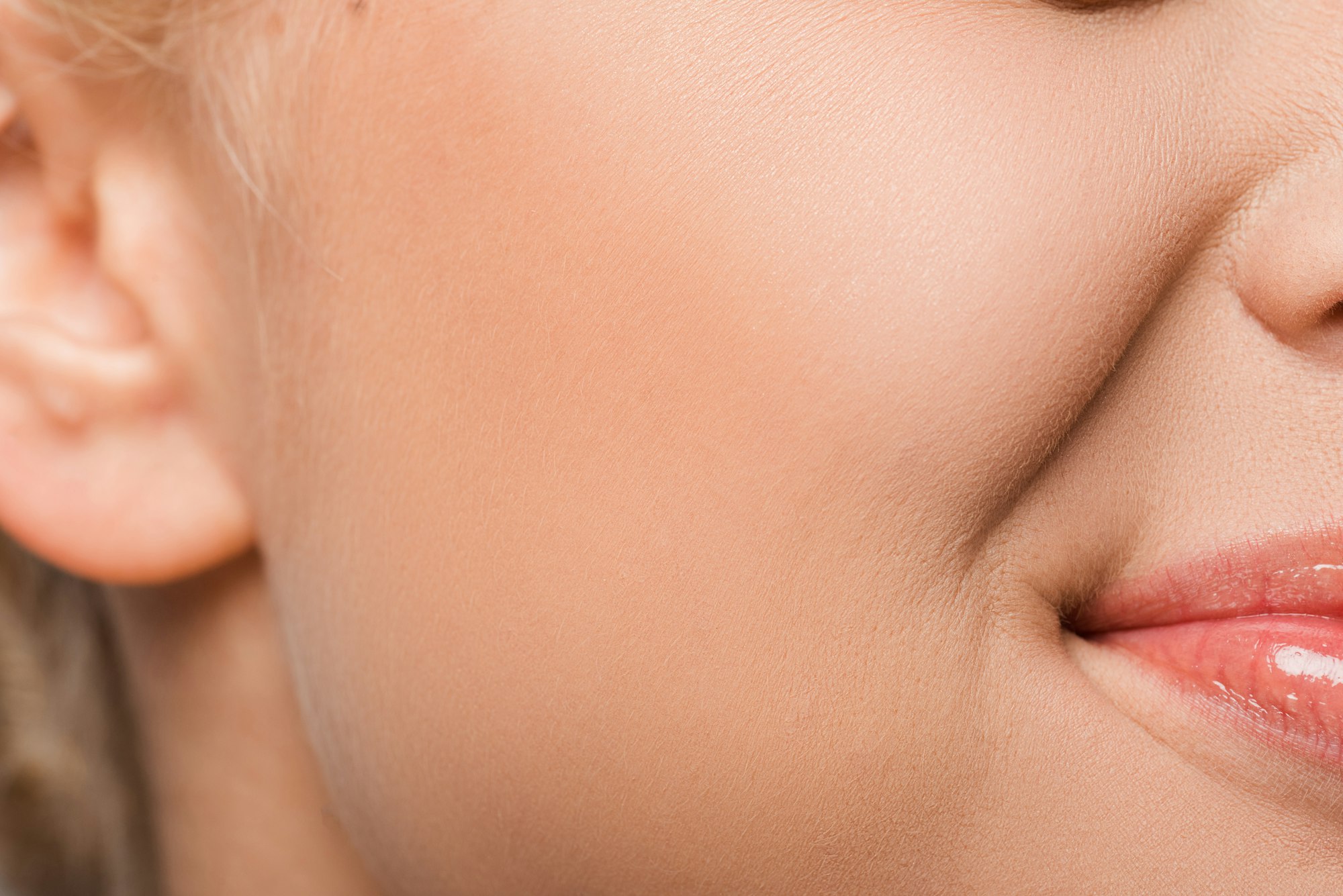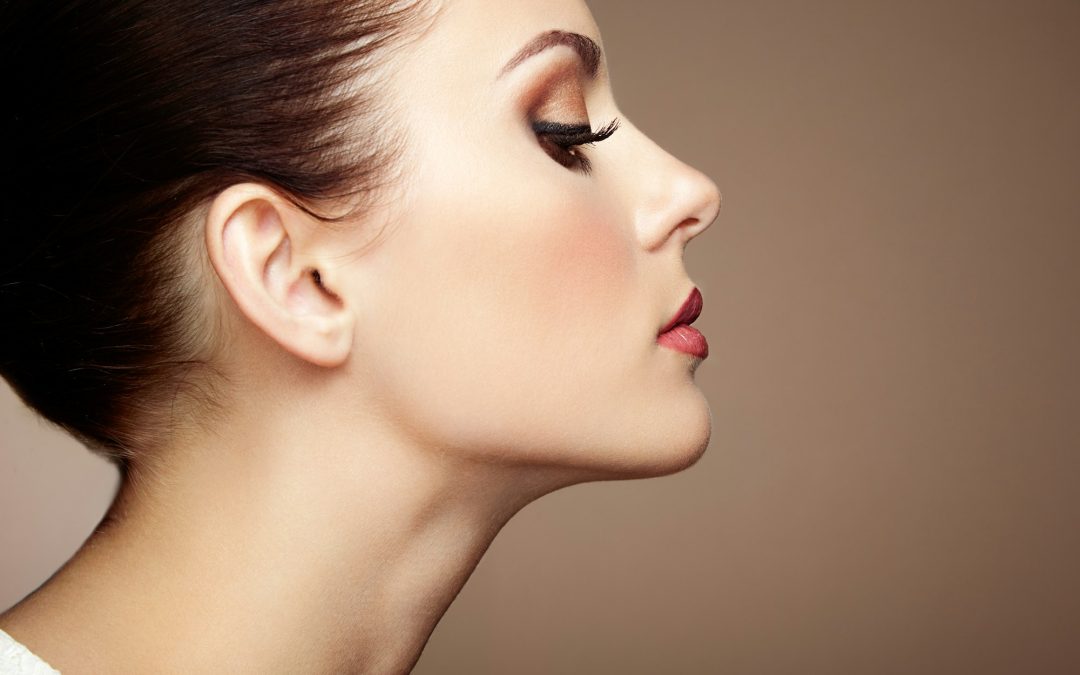Dermaplaning is a popular skincare treatment where a specialized tool is used to gently exfoliate the skin by removing the outermost layer of dead skin cells and vellus hair, often referred to as peach fuzz. This procedure reveals a smoother, more radiant complexion. While dermaplaning offers numerous benefits such as improved skin texture, enhanced product absorption, and a more even skin tone, it also leaves the skin temporarily more vulnerable to external factors like UV radiation.
Post-dermaplaning care is crucial to maintain and enhance the results of the treatment while preventing potential damage to the skin. Among the most important steps in this aftercare routine is the diligent application of sunscreen. This article will explore in-depth the reasons why sunscreen is essential after dermaplaning, covering the science behind UV damage, the impact of dermaplaning on skin sensitivity, and best practices for incorporating sunscreen into your post-treatment skincare regimen.
Increased Skin Sensitivity After Dermaplaning
Dermaplaning removes the top layer of the epidermis, which acts as a barrier between your skin and the environment. While this process promotes skin regeneration and reveals fresh, glowing skin, it also leaves the skin more sensitive to external factors, particularly ultraviolet (UV) radiation from the sun.
Barrier Removal: The stratum corneum, the outermost layer of the epidermis, is designed to protect the skin from environmental irritants, bacteria, and UV radiation. When this layer is removed through dermaplaning, your skin is left more exposed to these elements. Although this removal is temporary and beneficial for skin rejuvenation, it creates a window of vulnerability.
Enhanced UV Sensitivity: Without the natural barrier provided by the dead skin cells, your skin is more susceptible to the harmful effects of UV rays, even during brief periods of sun exposure. The newly exposed skin is more prone to irritation, redness, and sunburn. Even on cloudy days, UV radiation can penetrate the skin and cause damage, making sunscreen an essential part of aftercare.
Prevention of Hyperpigmentation
Hyperpigmentation occurs when certain areas of the skin become darker than the surrounding skin due to an overproduction of melanin, the pigment responsible for skin color. This condition can be triggered or exacerbated by sun exposure, especially after treatments like dermaplaning that make the skin more photosensitive.
Risk of Dark Spots: After dermaplaning, the freshly exfoliated skin is more vulnerable to sun damage. Even minimal exposure to the sun’s UV rays can lead to the development of dark spots or worsen existing pigmentation issues. For individuals with darker skin tones, the risk of post-inflammatory hyperpigmentation (PIH) is even higher, as their skin naturally produces more melanin.
UV-Induced Melanin Production: UV rays stimulate melanocytes, the cells responsible for producing melanin. When the skin is unprotected after dermaplaning, these melanocytes can become overactive, leading to an uneven distribution of melanin and the formation of hyperpigmentation. Applying a broad-spectrum sunscreen helps block both UVA and UVB rays, significantly reducing the risk of developing dark spots after treatment.
Prevention of Premature Aging
One of the key benefits of dermaplaning is its anti-aging effect, as it removes dead skin cells, promotes cellular turnover, and reveals fresher, younger-looking skin. However, without proper sun protection, the skin is at risk of premature aging, a condition often referred to as photoaging.
Collagen Breakdown: UV radiation is one of the primary contributors to the breakdown of collagen and elastin in the skin. Collagen is a protein that provides structure and firmness, while elastin allows the skin to maintain its shape and elasticity. When UV rays penetrate the skin, they generate free radicals, which damage these essential proteins, leading to the appearance of fine lines, wrinkles, and sagging skin.
Counteracting Photoaging: Sunscreen plays a crucial role in protecting the skin from the harmful effects of UV radiation, thereby preventing premature aging. By applying sunscreen diligently after dermaplaning, you can preserve the youthful benefits of the treatment and protect your skin from the damaging effects of the sun.
Prevention of Sunburn
Sunburn is a visible and painful form of acute skin damage caused by excessive exposure to UVB rays. After dermaplaning, the skin is more prone to sunburn because its natural protective barrier has been removed, leaving the underlying layers more exposed and sensitive.
Increased Vulnerability: The outer layer of the skin typically acts as a buffer, providing some level of protection against the sun’s rays. After dermaplaning, this layer is temporarily stripped away, making the skin more susceptible to UV damage. Even short periods of sun exposure can result in sunburn, which not only causes discomfort but can also lead to more severe skin issues in the long term.
Inflammation and Redness: Sunburn can cause inflammation and redness, which is especially undesirable after a treatment like dermaplaning, where the goal is to improve the appearance of the skin. Applying sunscreen immediately after the procedure helps protect the skin from burning and the subsequent inflammatory response that can cause peeling, blistering, and long-term damage.
Reduction of Skin Cancer Risk
One of the most serious risks associated with UV exposure is the increased likelihood of developing skin cancer. Dermaplaning, by exfoliating the skin and making it more vulnerable to sun damage, can inadvertently heighten this risk if sunscreen is not used diligently.
UV-Induced DNA Damage: Prolonged exposure to UV rays damages the DNA in skin cells, which can lead to mutations and the development of skin cancers such as basal cell carcinoma, squamous cell carcinoma, and melanoma. Since dermaplaning temporarily increases the skin’s sensitivity to UV radiation, neglecting sun protection after the treatment can make the skin more susceptible to this damage.
Broad-Spectrum Sunscreen: Using a broad-spectrum sunscreen that protects against both UVA and UVB rays is essential to reduce the risk of skin cancer. This type of sunscreen shields the skin from the full spectrum of UV radiation, preventing both immediate and long-term damage to skin cells.

Maintaining Dermaplaning Results
Dermaplaning leaves the skin looking smoother, more radiant, and more youthful. However, the full benefits of the treatment can be diminished if the skin is not properly protected from UV damage.
Prolonging Radiance: Sun exposure can cause immediate skin concerns, such as redness and irritation, but it also has cumulative effects that become more apparent over time. By incorporating sunscreen into your aftercare routine, you can help maintain the glowing, even-toned results of dermaplaning for a longer period.
Preventing Skin Damage: Without adequate protection, UV exposure can reverse the positive effects of dermaplaning, leading to issues such as dryness, discoloration, and a rough texture. Sunscreen serves as a protective barrier that helps preserve the smoothness and clarity achieved through dermaplaning, allowing you to enjoy longer-lasting results.
Choosing the Right Sunscreen After Dermaplaning
Not all sunscreens are created equal, and after dermaplaning, it is important to choose a formula that provides both effective protection and comfort for your freshly treated skin.
Broad-Spectrum Protection: Opt for a sunscreen that offers broad-spectrum protection, which shields the skin from both UVA and UVB rays. UVA rays are primarily responsible for premature aging, while UVB rays cause sunburn. A broad-spectrum sunscreen ensures that you are protected from both types of harmful radiation.
Physical vs. Chemical Sunscreens: Physical sunscreens (also known as mineral sunscreens) contain ingredients like zinc oxide and titanium dioxide that sit on the surface of the skin and reflect UV rays. These sunscreens are often recommended after treatments like dermaplaning because they are less likely to irritate sensitive skin. Chemical sunscreens, on the other hand, absorb UV radiation and convert it into heat. While both types of sunscreen are effective, those with sensitive skin may find physical sunscreens to be gentler and more suitable after dermaplaning.
SPF Factor: The SPF (Sun Protection Factor) of a sunscreen indicates how well it protects against UVB rays. After dermaplaning, it is recommended to use a sunscreen with at least SPF 30. This provides adequate protection for daily exposure, but if you will be spending prolonged periods outdoors, a higher SPF may be necessary.
Non-Comedogenic and Fragrance-Free: Since dermaplaning can make the skin more sensitive, it’s important to choose a sunscreen that is non-comedogenic (won’t clog pores) and free of fragrances or other potential irritants. This will help prevent irritation, breakouts, and other skin issues following the procedure.
Best Practices for Sunscreen Application After Dermaplaning
To maximize the protective benefits of sunscreen after dermaplaning, it is important to apply it correctly and reapply it as needed throughout the day.
Apply Sunscreen Every Morning: Make sunscreen application a part of your morning skincare routine, even if you don’t plan to spend much time outdoors. UV radiation can still affect your skin through windows, and incidental exposure (such as during a short walk or drive) can add up over time.
Reapply Regularly: Sunscreen should be reapplied every two hours, especially if you are spending time outdoors. If you are sweating or swimming, reapply more frequently according to the product’s instructions. Reapplying sunscreen ensures continuous protection throughout the day.
Use Enough Product: Many people don’t apply enough sunscreen, which can reduce its effectiveness. A general guideline is to use about a nickel-sized
amount for your face and neck. Be sure to cover all areas, including the ears, hairline, and the back of your neck, as these areas are often forgotten.
Pair Sunscreen with Other Protective Measures: While sunscreen is essential, it should be used in conjunction with other protective measures, such as wearing a wide-brimmed hat, seeking shade, and avoiding sun exposure during peak hours (10 AM to 4 PM). These additional steps will help further reduce your risk of UV damage after dermaplaning.
Conclusion
Sunscreen is an absolute must in your dermaplaning aftercare routine. Its role in protecting your freshly exfoliated skin from UV radiation cannot be overstated. From preventing sunburn and hyperpigmentation to reducing the risk of skin cancer and maintaining the results of your treatment, sunscreen is essential for preserving the health and appearance of your skin. By incorporating a high-quality, broad-spectrum sunscreen into your post-dermaplaning skincare regimen, you can enjoy all the benefits of the treatment while safeguarding your skin from the harmful effects of the sun.
Revitalize Your Skin with the Best Dermaplaning Treatment!
No other dermaplaning treatment compares to ours at Simply Skin Esthetics in downtown Walnut Creek, California. Why? We blend cutting-edge techniques, premium tools, and years of expertise to deliver smoother, brighter skin for even the most sensitive skin types – all with the highest standards of professionalism and hygiene.
Finding an esthetician who can perform dermaplaning with precision, care, and professionalism can be challenging. That’s why our service stands out as the best in the San Francisco East Bay Area. Our commitment to exceptional care is reflected in our loyal clientele who trust us with their skincare needs.
At Simply Skin Esthetics, we offer more than just dermaplaning. Our extensive range of services includes Ultrasound Facials, Signature Facials, Men’s Facials, Express Facials, Treatments/Peels, Teen Facials, and Back Facials. Ready to transform your skin and experience unparalleled care? Contact us today to schedule your first dermaplaning session and discover the Simply Skin Esthetics difference!


